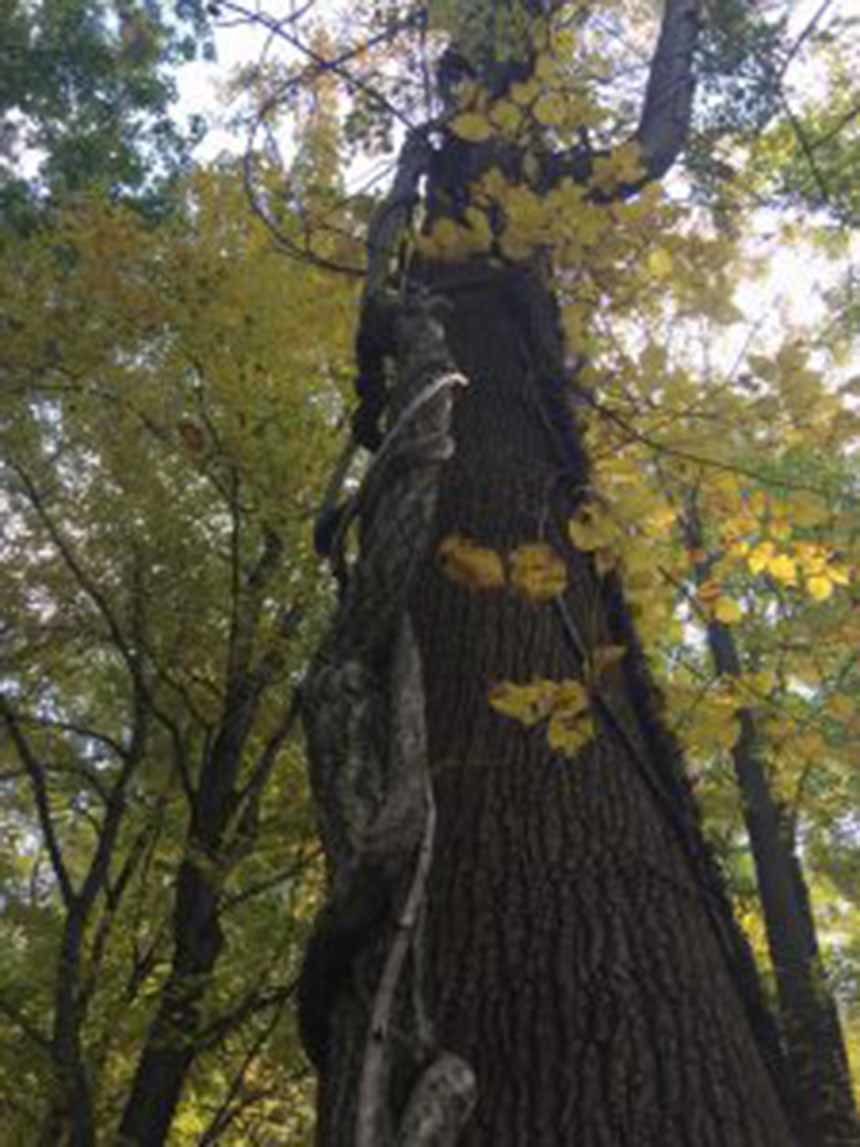Below are the Friends of Van Cortlandt Park ‘s 10 Most Wanted Invasive Plant Species in Van Cortlandt Park (in alphabetical order). Learn more about the invasives species trying to take over our forests by clicking on each name to see their Wanted Poster. Please note: there are plenty more invasives in the Park but these are the 10 we are currently most worried about.
- Garlic Mustard
- Japanese Honeysuckle
- Mile-a-Minute
- Multiflora Rosa
- Mugwort
- Oriental Bittersweet
- Norway Maple
- Porcelain Berry
- Water Chestnut
- Wineberry
Why Are We Concerned?
Approximately half of the 1,146 acres of Van Cortlandt Park is comprised of natural areas with over 500 acres of forest, 56 acres of wetlands and an 18-acre freshwater lake. Unfortunately, the natural areas of Van Cortlandt Park are not all healthy especially with three highways cutting through the Park segmenting and disturbing them. According to the Master Plan for Van Cortlandt Park which was released in 2014: “At the current rate of expansion without increased management, Norway Maples will dominate another 50 acres by 2032, killing the understory and preventing the succession of the native forests.” Norway Maple are non-native species of trees that currently dominate 130 acres of our forests. In addition, the Master Plan states that “At the current rate of expansion without increased management, 30 acres of forest will be killed by invasive vines by 2032”. Both these statements are cause for alarm and need to be addressed.
The Natural Areas Conservancy just released a report entitled “Forest Management Framework for New York City”. According to their report: “Despite a high percentage of native trees in the canopy, native species are less prevalent in the midstory and understory layers. Invasive herbaceous species are common (present in 85% of plots), and invasive vines were found climbing on trees in 57% of forest plots. Invasive herbaceous species can prevent native seedlings from reaching the canopy, affecting ecosystem composition and function. Invasive vines can repress growth and shorten the lifespan of native trees. Without intervention, these challenges will negatively affect the health and species composition of mature trees in the future.”
How Can You Help?
With our volunteers and interns, the Friends work to remove these non-native invasive plants from our natural areas and plant native species of herbaceous plants, shrubs and trees in their place. With the support of a NYS Department of Environmental Conservation Urban and Community Forestry Grant we have partnered with the Van Cortlandt Park Conservancy on a project focused on the Canopy Gaps in the forests of the Park. Volunteers are needed to help remove the invasive species for the Friends’ last Canopy Gap Volunteer Day for the season on Saturday November 10th and for the Conservancy’s next two volunteer dates on Saturdays November 17th and December 15th. To volunteer please email: info@vancortlandt.org for meeting locations and times.


